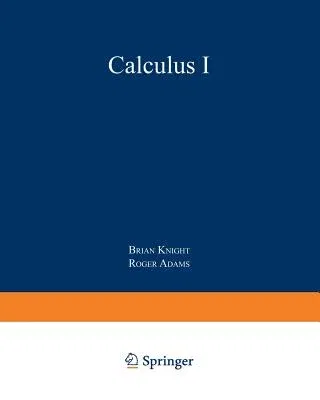Each chapter in this book deals with a single mathematical topic, which
ideally should form the basis of a single lecture. The chapter has been
designed as a mixture of the following ingredients: -(i) Illustrative
examples and notes for the student's pre-lecture reading. (ii) Class
discussion exercises for study in a lecture or seminar. (iii) Graded
problems for assignment work. Contents 1 Sets, functions page 11 2
Limits and continuity 17 3 The exponential and related functions 25 4
Inverse functions 30 5 Differentiation 35 6 Differentiation of implicit
functions 44 7 Maxima and minima 50 8 Curve sketching 54 9 Expansion in
series 61 10 Newton's method 67 11 Area and integration 72 12 Standard
integrals 80 13 Applications of the fundamental theorem 87 14
Substitution in integrals 94 15 Use of partial fractions 100 16
Integration by parts 106 Answers to problems 110 Index 116 1 Sets,
Functions A set is a collection of distinct objects. The objects be-
longing to a set are the elements (or members) of the set. Although the
definition of a set given here refers to objects, we shall in fact take
objects to be numbers throughout this book, i.e. we are concerned with
sets of numbers. Illustrative Example 1: Set Notation We give straight
away some examples of sets in set notation and explain the meaning in
each case.


